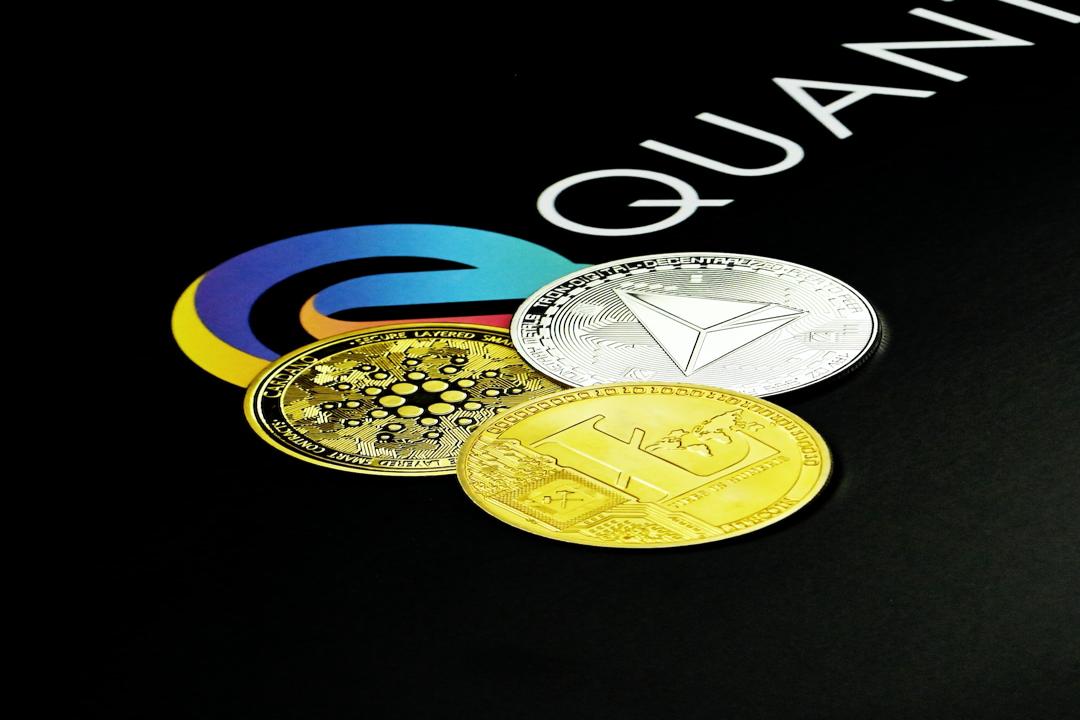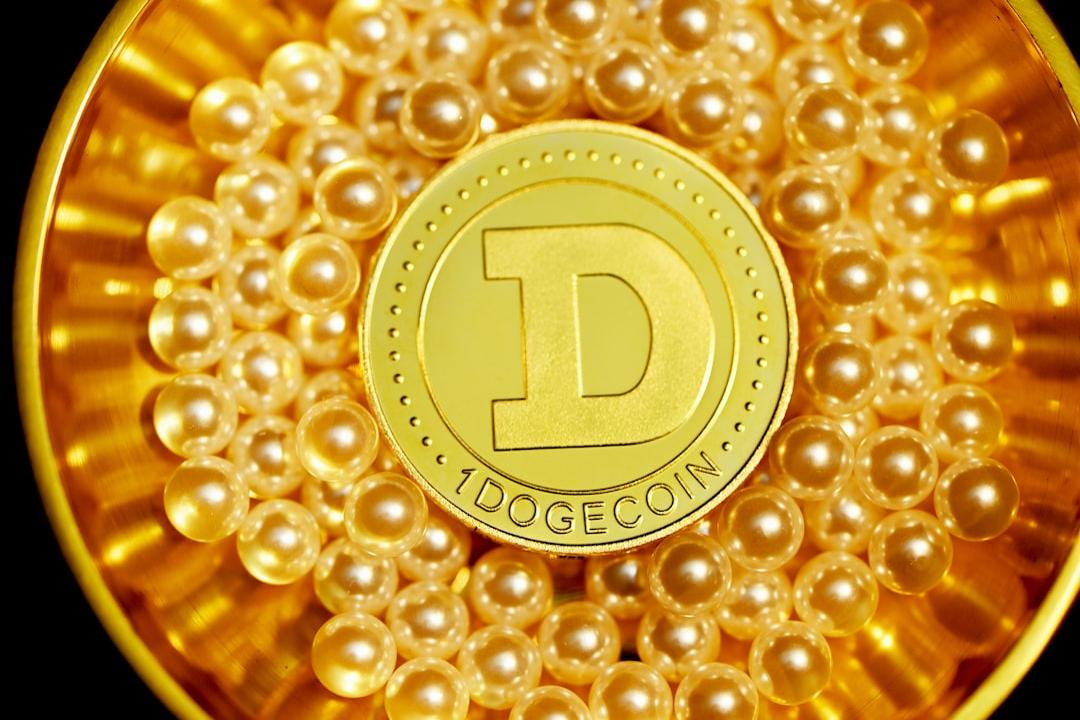Highlights from Huang Renxun’s GTC Speech
In the annual GTC Technology Conference held by IC design giant NVIDIA from March 17th to 21st, CEO Huang Renxun gave a keynote speech on March 19th at 1 a.m. Taiwan time.
Key Points from Huang Renxun’s GTC Speech
Huang Renxun’s speech focused on the market situation of AI and new product information, including the new generation GPU Blackwell, CPO network switch, and advancements in robot technology. Despite releasing multiple pieces of good news, the market response was still lukewarm. After Huang Renxun’s speech, NVIDIA’s stock price closed at $115.43, a decrease of 3.43%.
AIs Investment Remains Hot! Huang Renxun Reveals: Customer Demand for Blackwell “Tripled compared to the previous generation”
Since last year, there have been continuous news about the overheating and delayed shipments of NVIDIA’s Blackwell chips. However, Huang Renxun expressed confidence in his speech, stating that the Blackwell servers are now fully in production and that customer demand is “incredible.” He also revealed that the four major cloud service providers in the United States have purchased 3.6 million Blackwell chips this year, nearly three times the 1.3 million Hopper architecture chips purchased last year.

Another highlight of Huang Renxun’s speech was the presentation of AI data center investment trends from 2022 to 2028, showing continuous growth each year. It is expected that global data center capital expenditure will exceed $1 trillion by 2028.

Highlight 1: New Generation GPU! Blackwell Ultra, Rubin, Feynman Unveiled
Huang Renxun introduced several new NVIDIA GPU chips and server products. First is the current AI chip, Blackwell Ultra, which performs 1.5 times better than the previous generation Blackwell and is expected to be released in the second half of this year. The first batch of customers for Blackwell Ultra include AWS, Google, Azure, Oracle, and more. The Blackwell Ultra GB300 NVL72 server is equipped with 72 Blackwell Ultra GPUs, 36 Grace CPUs, and a total of 288GB HBM3e memory, providing 1.5 times the AI computing performance of the GB200 NVL72.

Huang Renxun stated that Blackwell Ultra is designed for AI inference and AI agents. NVIDIA’s partners are expected to start launching products equipped with Blackwell Ultra in the second half of this year. The cooperating Taiwanese manufacturers include Foxconn, Wistron, Pegatron, ASRock, ASUS, Gigabyte, ECS, Quanta, and more. The next generation AI chip after Blackwell Ultra is Vera Rubin, which will be released in the second half of 2026, followed by Vera Rubin Ultra in 2027. The Vera Rubin NVL144 server is equipped with 144 Rubin architecture GPUs, a new Vera architecture CPU, and a total of 288GB HBM4 memory, providing 3.3 times the performance of the Blackwell Ultra GB300 NVL72. The Rubin Ultra NVL576 server uses 576 Rubin Ultra GPUs with Vera CPUs, and has a total capacity of 1TB HBM4e memory, providing 14 times the performance of the Blackwell Ultra GB300 NVL72.

It is worth mentioning that Huang Renxun also revealed the latest data center GPU development roadmap, which shows the current Blackwell, the next-generation Rubin unveiled at last year’s Computex, and for the first time, the next-generation Feynman architecture to be released in 2028. The name Feynman is derived from the physicist Richard Feynman and continues the tradition of naming chips after scientists.

Highlight 2: Silicon Photonics New Products! Collaboration with 4 Manufacturers to Launch 2 CPO Switches
One of the highlights of the keynote speech was the official debut of products designed with Co-Packaged Optics (CPO) technology, signaling the arrival of the silicon photonics era.
NVIDIA has launched a new version of the Spectrum-X Ethernet and Quantum-X InfiniBand network platforms, and for the first time, introduced network switches that use the Co-Packaged Optics design. This allows AI factories to connect millions of GPUs across sites, while significantly reducing energy consumption and operational costs, and achieving the integration of electronic circuits and optical communications on a large scale.

Huang Renxun stated that the new product is the world’s first CPO chip with a transmission speed of 1.6Tbps (terabits per second), manufactured using TSMC’s advanced technology. He said that NVIDIA has been working with TSMC for some time and has collaborated with a large ecosystem of technology partners. “This is really a crazy technology, really crazy!” The four Taiwanese manufacturers in NVIDIA’s silicon photonics ecosystem are TSMC, Foxconn, Powertech, and Siliconware. Other partners include Coherent, Corning, Fabrinet, Lumentum, SENKO, Sumitomo Electric Industries, and China’s TFC Communication.
The Spectrum-X and Quantum-X new products with Co-Packaged Optics design will be released in the second half of 2025 and the second half of 2026, respectively. Their features include a 3D-stacked silicon photonics engine using TSMC’s process, which can generate high-power, high-efficiency lasers, and have detachable fiber connectors.

According to NVIDIA’s data, the photonics switch provides 3.5 times the power efficiency, 63 times the signal integrity, 10 times the scalability of large-scale networks, and 1.3 times the deployment speed compared to traditional methods. Compared to the previous generation product, the Quantum-X photonics switch provides twice the speed and five times the scalability for AI computing structures.
TSMC Chairman and CEO Wei Zhejia stated in NVIDIA’s press release, “The new wave of AI factories requires high performance and minimal maintenance to achieve the scale required for next-generation workloads. TSMC’s silicon photonics solution combines our advantages in cutting-edge chip manufacturing and TSMC’s SoIC 3D chip stacking technology, helping NVIDIA unlock the ability to expand AI factories to millions of GPUs or even larger, pushing the boundaries of AI.”
Highlight 3: Robotics! Open Source Model GR00T N1, Newton Physics Engine
The grand finale of the speech was the announcement of advancements in robotics technology with NVIDIA’s contribution to humanoid robot development.
Following the unveiling of the Project GR00T basic model for humanoid robot development at GTC 2024, Huang Renxun presented the Isaac GR00T N1 model in this speech. This is the world’s first “open and fully customizable” general-purpose humanoid robot reasoning and skill-based model.
NVIDIA stated that the GR00T N1 basic model adopts a dual-system architecture inspired by the human cognitive principle of “fast thinking and slow thinking.”
“System 1” is a fast-thinking action model that reflects human reactions or intuition;
“System 2” is a slow-thinking model used for deliberate and thoughtful decision making.
With the support of the visual language model, System 2 can reason about its environment and the instructions it receives to plan actions. Then, System 1 translates these plans into precise and continuous robot movements.

Developers and researchers can train GR00T N1 with real or synthetic data to adapt it to specific humanoid robots or tasks. The first developers to use GR00T N1 include Agility Robotics, Boston Dynamics, Mentee Robotics, NEURA Robotics, and more.
At the end of the speech, a small and cute robot resembling Pixar’s “WALL-E” surprised the audience by appearing on stage and interacting with Huang Renxun.

This robot, named “Blue” by Huang Renxun, is equipped with the open-source Newton physics engine developed by NVIDIA in collaboration with Google DeepMind and Disney Research. It allows robots to learn how to handle complex tasks more accurately. Blue demonstrated high intelligence and interactive capabilities, responding to Huang Renxun’s speech with nods and excited dance moves, and understanding voice commands to stand beside him.
From GPUs to CPO to robots, Huang Renxun presented NVIDIA’s latest developments. However, whether these can boost market confidence remains to be seen.
This article is a collaboration with DIGITIMES.
Read more: https://www.digitimes.com.tw/technews/nvidia-gtc-huang-renxun-20220321.html
Read more: https://www.digitimes.com.tw/technews/nvidia-gtc-huang-renxun-20220321.html

